When most folks think about visiting Japan, they are looking to enjoy Japan’s traditional culture or its energetic city life:
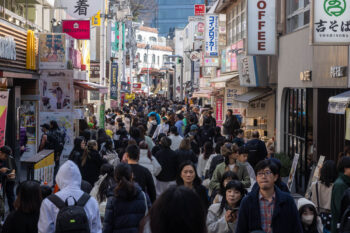
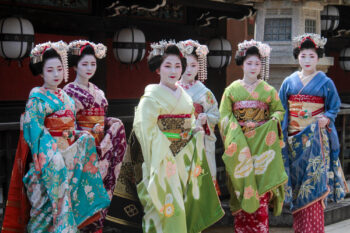
We, on the other hand, were interested in visiting not the cities, but the its wild areas, and not its human culture but its wildlife culture. So embarked on a photography tour of Japanese winter wildlife. For wildlife photographers, this is an iconic trip, one which we did back in 2012 but wanted to repeat. Our schedule was pretty much the same. First, visit the Jigokudani Monkey Park (Snow Monkey Park) northwest of Tokyo in the Japanese Alps:
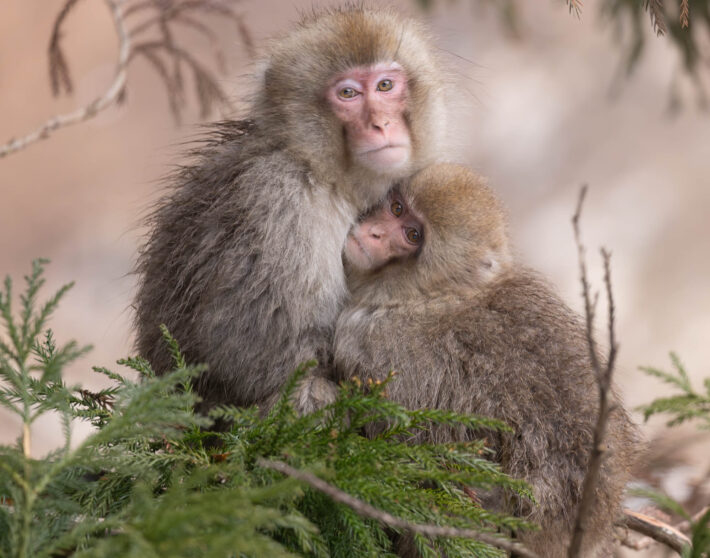
While the park is not large and has only 200 or so monkeys, it is unique in that has a man made pool heated by the natural hot springs in the area (a monkey spa) that the monkeys inhabit in the winter. These Japanese macaquesare the only monkeys in the world known to enjoy bathing in natural hot springs! While you cannot avoid the crowds
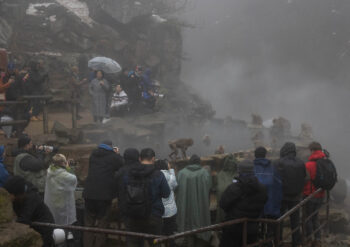
(We got rain but no snow while with the monkeys.)
But the monkeys ignored the crowds presence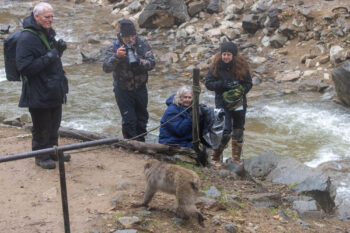
And whether alone or groups, they were worth the trip
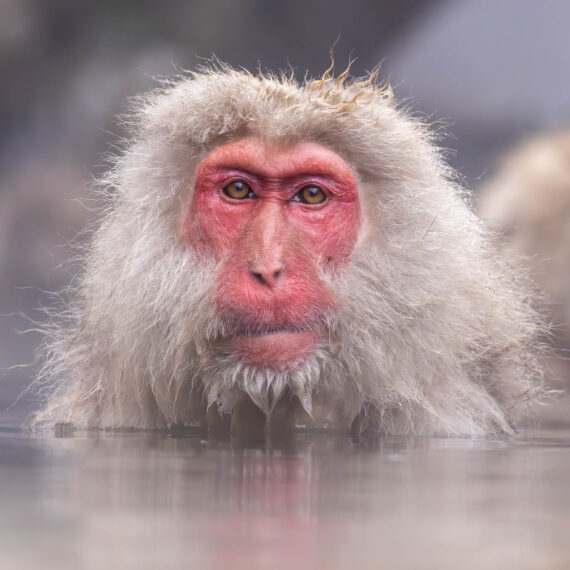
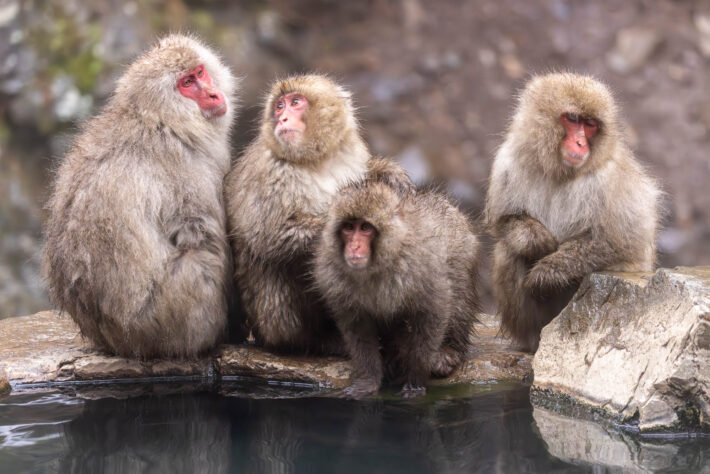
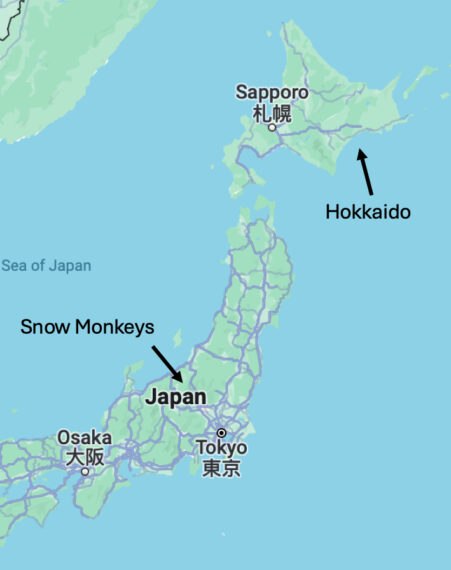
Next we departed for the island of Hokkaido which is just North of Japan’s main island, and a lot colder. We like it though, because the 3 target birds on the island -cranes, swans and eagles – all meet our criteria for our favorite type of bird to photograph. They are all big, slow and colorful.
Our first target was the Red-crowned cranes which had migrated from Siberia for the warmer (relatively) climate.
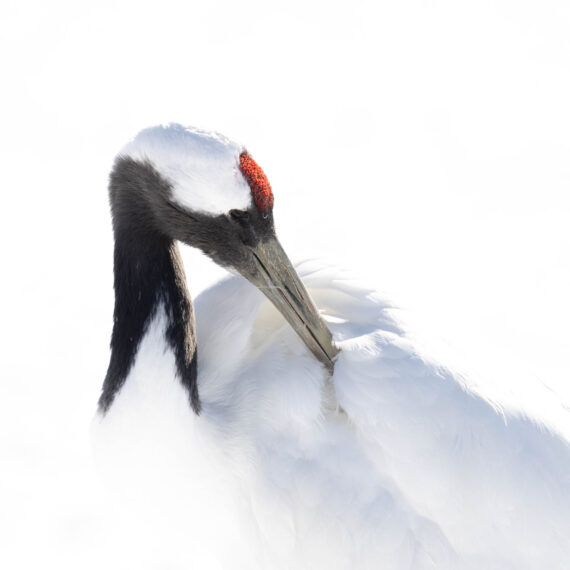
 The Red-crowned crane is known as a symbol of luck, longevity, and fidelity. For example the JAL logo is an image of a Japanese red-crown crane with its wings extended in full flight.
The Red-crowned crane is known as a symbol of luck, longevity, and fidelity. For example the JAL logo is an image of a Japanese red-crown crane with its wings extended in full flight.
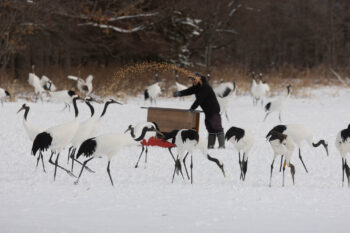
With roughly only 2 thousand adults in the wild, it is among the rarest cranes in the world, and ensuring its survival takes a lot work. We spent a lot of time at a crane sanctuary, and its feeding program plays an important role in long term survival of this species.
The cranes are know for their dancing
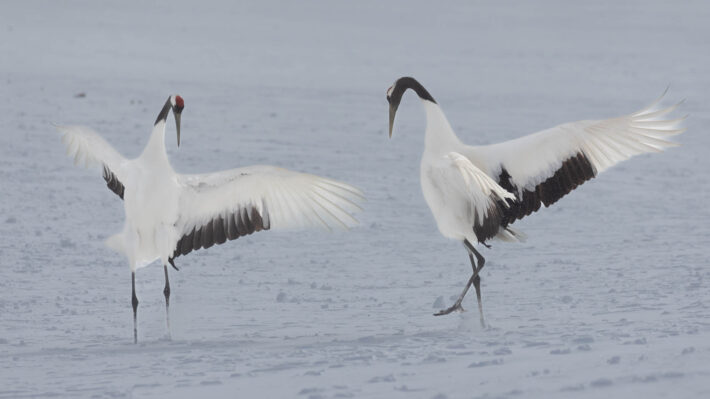
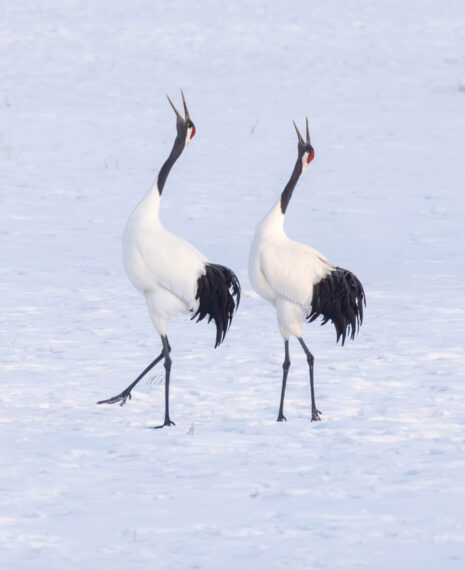
Of course only video can capture the full beauty and grace of their dance.
We were also lucky enough to see the Red-crowned crane’s ‘cousin’, the white napped crane. It also resides in cold parts of Eastern Asia, is a little smaller and more abundant (roughly twice as many in the wild) but is not often seen in Hokkaido.
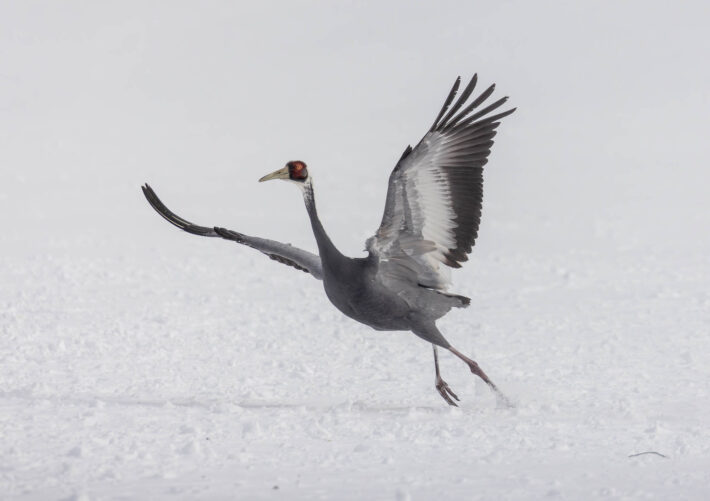
Our next target was another beautiful white bird, the whooping swan.
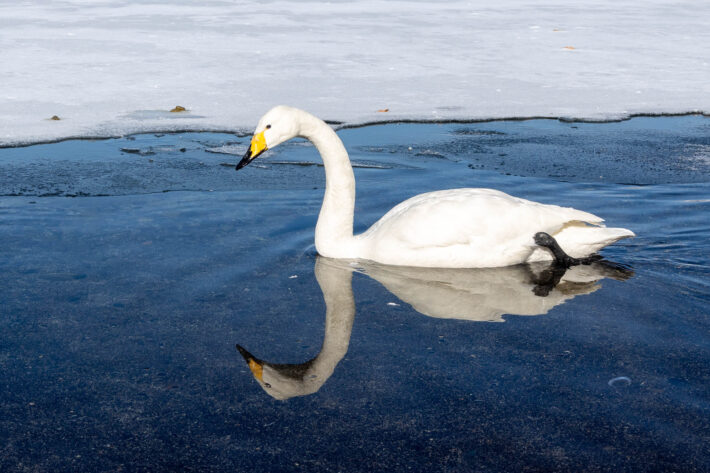
While not known for their flying, they did put on a good show for us while landing and taking off
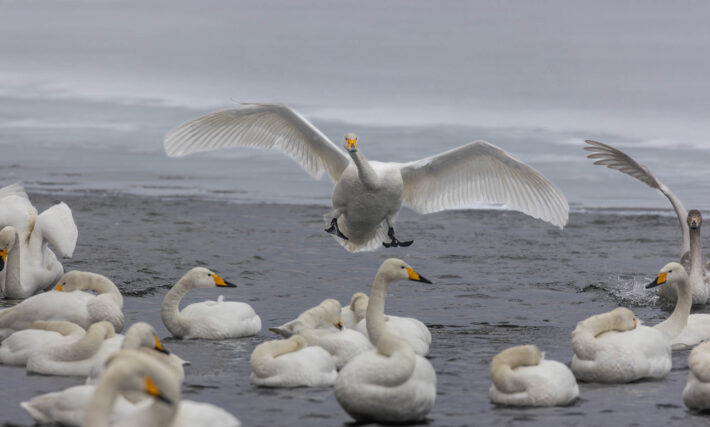
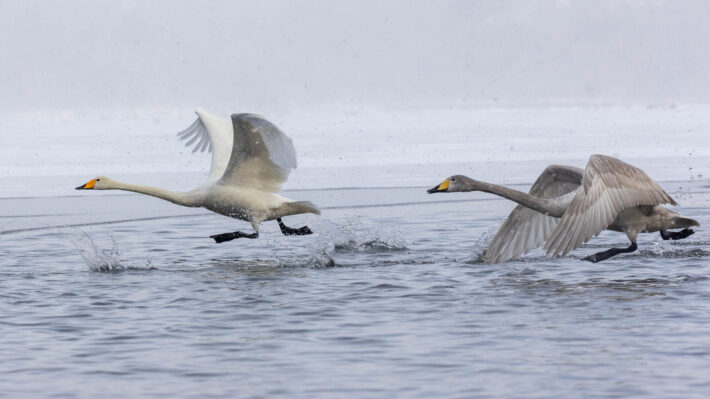
Our last target bird was the stellar sea eagle.
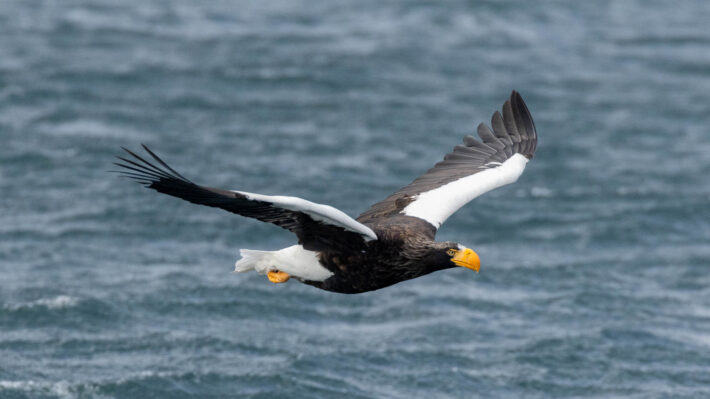
While they look somewhat similar to bald eagles and exhibit similar behavior, Stellar Sea Eagles are a much larger bird, being almost a foot taller and weighing 5 pounds more.
Stellar Sea Eagles
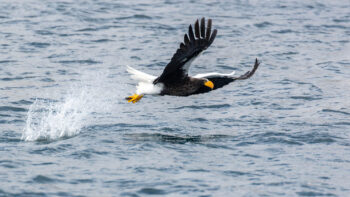
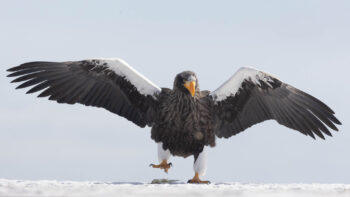
Bald Eagles
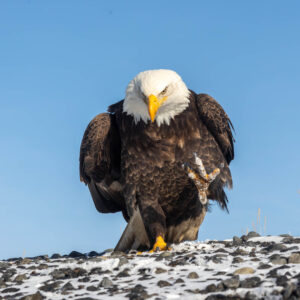
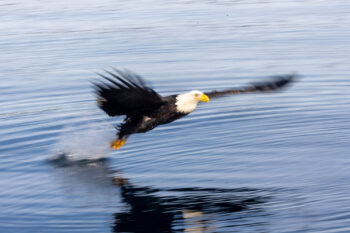
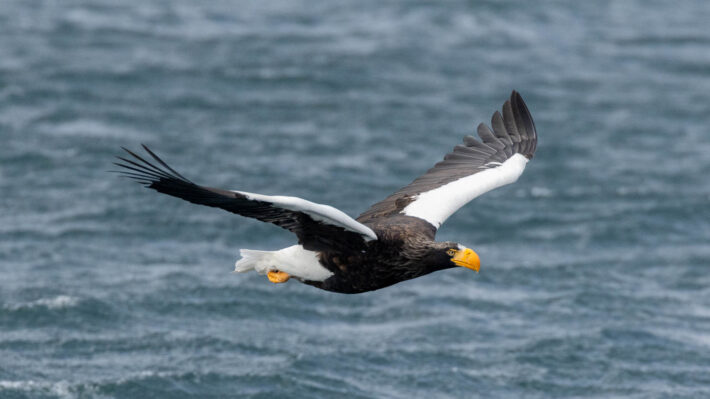
Our return to Japan was successful. We hope our next trip to Europe chasing smaller birds will be as good.